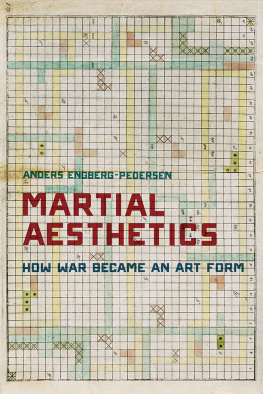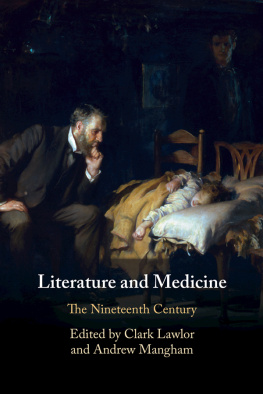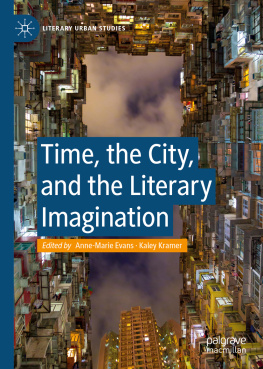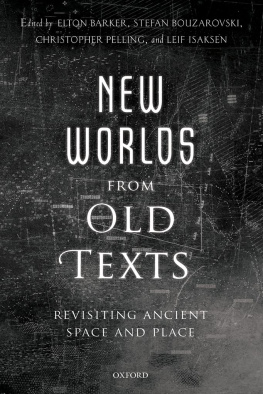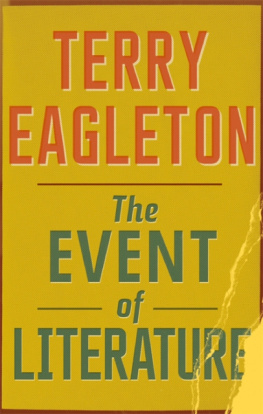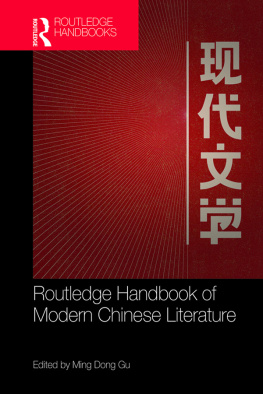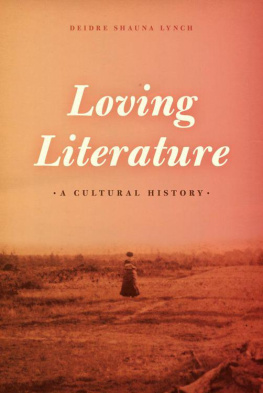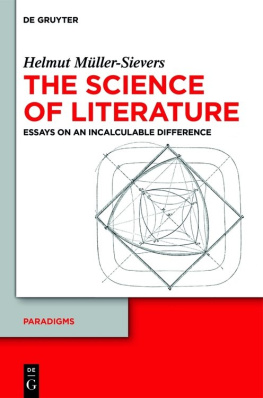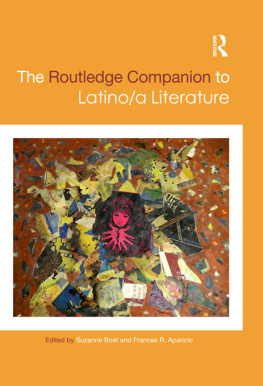
Literature and Cartography
Theories, Histories, Genres
edited by Anders Engberg-Pedersen
The MIT Press
Cambridge, Massachusetts
London, England
2017 Massachusetts Institute of Technology
All rights reserved. No part of this book may be reproduced in any form by any electronic or mechanical means (including photocopying, recording, or information storage and retrieval) without permission in writing from the publisher.
This book was set in Neue Haas Grotesk Text Pro and Deca Serif by Toppan Best-set Premedia Limited. Printed and bound in the United States of America.
Library of Congress Cataloging-in-Publication Data is available.
ISBN: 978-0-262-03674-0
eISBN 9780262342230
ePub Version 1.0
Acknowledgments
My gratitude extends first and foremost to the contributors to this bookJean-Marc Besse, Barbara Piatti, Robert Stockhammer, Oliver Simons, Bruno Bosteels, Burkhardt Wolf, Simone Pinet, Ricardo Padrn, Tom Conley, John K. Noyes, Patrick M. Bray, Dominic Thomas, Martin Brckner, Jrg Dnne, and Clara Rowland. Without their willingness to take time from their own projects there would be no book. Among them, however, one person must be singled out for his pivotal role in the field as well as for his efforts in the production of this volume. With singular charm and enthusiasm, Tom Conley has for decades been a force motrice in the establishment and development of literature and cartography. Among the contributors are several of his students, myself included, and during my work on the book he has on numerous occasions displayed his unfailing generosity. A remarkable exploratory seminarCartography and Spatial Thinking from Humanism to the Humanitiesthat he and Katharina Piechocki organized at the Radcliffe Institute for Advanced Study at Harvard University convened scholars from a range of disciplines, some of them represented in this volume, and gave me useful feedback on the introduction and a wealth of new ideas. At MIT Press I am most thankful to my editors, Gita Manaktala and Marc Lowenthal, for taking on the project, to Jess J. Hernndez for his help in guiding the manuscript through the publication process, and to the design team. Two outside readers offered detailed and useful reports whose insights and suggestions I have tried to adopt. In the form of a Sapere Aude grant The Danish Council for Independent Research generously supported the production of the book. Andrew Patten translated the chapter by Jrg Dnne, and Emily Finer provided me with a scan of the wonderful doubly inverted map in Viktor Shklovskys essay on Tristram Shandy. The unsung heroes of any book that deals with cartography are the librarians around the world who patiently indulge our requests for ever more information, material, and scans. There are far too many to name, but you know who you are and so do we.
IntroductionEstranging the Map: On Literature and Cartography
Anders Engberg-Pedersen
I am told that there are people who do not care for maps, and find it hard to believe.
Robert Louis Stevenson
It is not down in any map; true places never are.
Herman Melville
Readers of Tristram Shandy know well the lure of maps. Early in Laurence Sternes novel, the narrator relates the difficulties that beset Uncle Toby, as he tries to describe the sequence of events at the siege of Namur in a well-ordered string of words. Stumbling across the linguistic obstacles of the unwieldy terms of fortification, however, Uncle Toby quickly loses his way in the story and only manages to get back on track when he thinks of a cartographic solution to his narrative problem: If he could purchase such a thing, and have it pasted down upon a board, as a large map of the fortifications of the town and citadel of Namur, with its environs, it might be a means of giving him ease. And indeed, bent over the map, Uncle Toby masters his subject and eventually manages to narrate the story of the siege with true eloquence.
In literary history, Uncle Toby is not alone in seizing on maps to clarify the events of narrative. To ground fictional space, to visualize sites and movements, to help readers get their bearings in the imaginative world conjured by the text, authors have frequently included cartographic material either as paratexts or as inserts in the narratives themselves. You can easily understand why. Maps entice and fascinate, and they whisper implicit promises of comprehension, of clarity, of transparency, and of order. In accordance with Gaston Bachelards dictum that the cleverer I am at miniaturizing the world, the better I possess it, In this sense, Sternes scene is emblematic of the larger concerns of literature and cartography.
Attentive readers of Tristram Shandy, however, will also recall that Uncle Tobys engagement with the map is significantly more laborious and complex than what appears at first glance. For Tobys map, the narrator informs us, does not simply illustrate. It serves, rather, as an alternative symbolic medium that takes the place of language, freeing him from the unsteady slipperiness of discoursea slipperiness that is particularly difficult to manage when it comes to questions about space. Yet, the map itself is not immediately comprehensible. The lure of a transparent medium, of a self-explanatory representation, is thwarted by the cumbersome presence of an opaque object. At first, Toby has great difficulty making any sense of the map, and only after a fortnights close and painful application does he manage to form his discourse with passable perspicuity. To read the map properly, to decipher its codes and symbols, he has to rely on the text in the maps cartouche as well as on a book on military architecture. Following a zigzagging path to comprehensible narration and even eloquence a few months later, Toby meanders from text to map to text again and then back to the map before he eventually manages to give an orderly account of events. But this does not spell the end of his cartographic travails. Bepicturd by the appealing image of the map, his fascination evolves into an obsession. Toby procures ever more maps of other fortified towns and along with them a veritable library of military treatises on the principles of fortification and siege warfare. But now the complexity of the treatises outstrips the visualizing capacities of his maps and leaves him, once again, deeply perplexed. In the end, Toby abandons both of the media that proved insufficient tools for his narrative: texts and maps.
This more detailed account begins to suggest some of the complexities of the entwinement of literature and cartography. Not merely an illustrative guide, the literary map establishes a varied series of productive tensions, of dependencies and complementarities, but also of exclusions and frictionsa set of relations that all raise fundamental theoretical questions about representation, fiction, and space. Can literature be mapped? How do literary and cartographic topographies differ? Which map effects arise in literary texts? How have historical contexts brought literature and cartography into dialogue and with what consequences? In which ways did the development of new mapping techniques impact the writing and reading of texts? Are there distinct genres of literary cartographies or of cartographic writing? And which possibilities have emerged with the rise of the digital humanities? In recent years literary scholars in increasing numbers have begun probing these questions. Charting the myriad relations between literature and cartography, they have drawn the outlines of one of the most vibrant fields in contemporary scholarship. This book brings some of these scholars together to present a synoptic overview of the field spanning basic theoretical questions, key historical moments, and the essential themes and debates.
Next page

